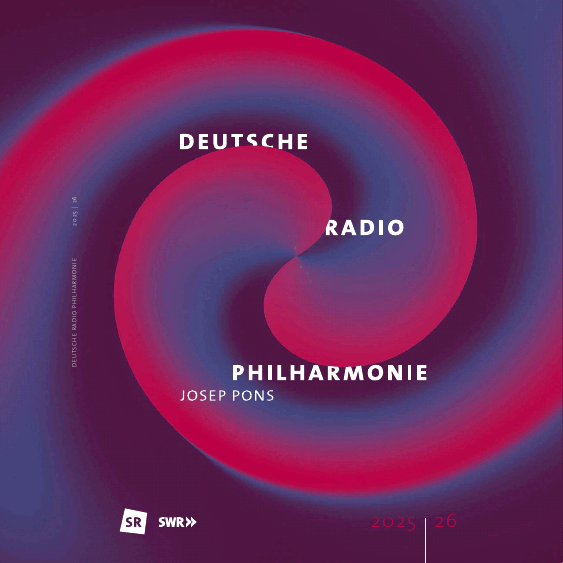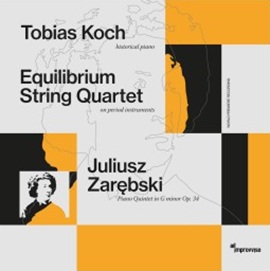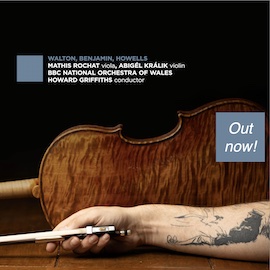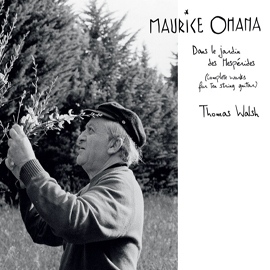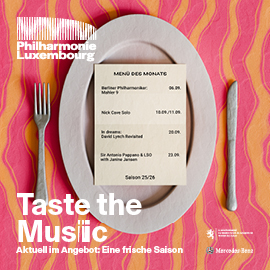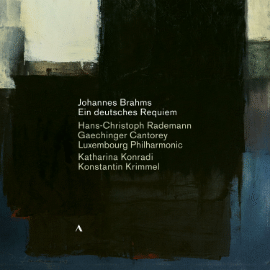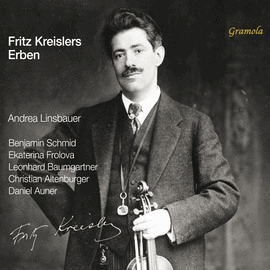Die zuvor neun Jahre als künstlerische Leiterin der Camerata Bern agierende Antje Weithaas hat die nach wie vor enge Verbindung genutzt, um das Violinkonzert von Dvorak mit ihr als Solistin und Leiterin ohne Dirigenten zu spielen und aufzuzeichnen. Dabei wollten die Beteiligten eine stärker kammermusikalische Sicht realisieren.
Diese Idee konnten sie wie gewünscht umsetzten. Dazu beigetragen haben wird auch die kleinere Besetzung der Camerata im Vergleich zu einem sonst zumeist eingesetzten großen Orchester. So musste sich Weithaas für die Hervorhebung des Soloparts nicht kraftvoll einbringen, sondern konnte sich ganz auf ihre differenzierte Ausformung der Solostimme konzentrieren und wusste sich von der Camerata bestens eingebettet. Dadurch vermitteln sie dem Werk eine größere Wärme in der Darstellung, die sonst manchmal dem kräftigen Auftritt untergeordnet wird. So lassen sie auch die böhmischen Seiten inklusive volksmusikalischer Anknüpfungen mit Dumka und Furiant deutlich hervortreten, ohne deswegen ins Plakative zu verfallen.
Weithaas lässt sich bei ihrem Vorhaben auch nicht von den von Beginn an diffizilen Passagen der Solostimme beeindrucken. Vielmehr stellt sie diese und auch die folgenden Abschnitte mit der ausdrucksvollen Eleganz und auch ungezwungener interpretatorischer Feinheit dar.
Auch die Streicherserenade ist ein Beispiel für die genannten Merkmale der Musik von Dvorak, wenn auch auf andere Art. Dieses romantisch geprägte Werk begleitet Weithaas als Konzertmeisterin. Als Bratscher mit Streichinstrumenten vertraut, hat er das Stück den Instrumentalisten in die Hand komponiert. Die interpretatorische Wärme von Weithaas und Camerata Bern zieht sich durch die Serenade. Mit Spielfreude sowie ausgefeilt technischer Darbietung offerieren sie einen kantabel gezeigten ersten Satz, dem sich ein langsamer Walzer anschließt, bevor sie die humorvolle Stimmung des dritten Satzes erklingen lassen. Nach lyrisch geprägter Schönheit beschließen sie im Überschwang den fünften Satz. Damit sorgt Dvorak trotz der kleinen Besetzung für Vergnügen und Unterhaltung.
Da die Camerata Bern über weniger Streicher verfügt, als Dvorak vorsah, zumal er Stimmen teilte, mussten sie Anpassungen vornehmen. So hat beispielsweise ein Cello teilweise die Partie des zweiten Kontrabasses übernommen. So konnten sie trotzdem jeden Ton spielen.
Antje Weithaas, who previously spent nine years as artistic director of the Camerata Bern, took advantage of the still close relationship to play and record Dvorak’s violin concerto with her as soloist and conductor without a conductor. The participants wanted to realize a more chamber music approach.
They were able to realize this idea as desired. The smaller instrumentation of the Camerata in comparison to a large orchestra, which is usually used, will also have contributed to this. This meant that Weithaas did not have to play a powerful role in emphasizing the solo part, but was able to concentrate fully on her differentiated shaping of the solo part and knew that she was perfectly embedded in the Camerata. As a result, they conveyed a greater warmth in the performance of the work, which is otherwise sometimes subordinated to the powerful performance. They also allow the Bohemian aspects, including folk music references with dumka and furiant, to emerge clearly without lapsing into boldness.
Weithaas is not impressed by the difficult passages in the solo part right from the start. Instead, she performs these and the following sections with expressive elegance and unforced interpretative finesse.
The String Serenade is also an example of the aforementioned characteristics of Dvorak’s music, albeit in a different way. Weithaas accompanies this romantic work as concertmaster. As a violist familiar with string instruments, he composed the piece with the instrumentalists in mind. The interpretative warmth of Weithaas and Camerata Bern runs through the serenade. They offer a cantabile first movement, followed by a slow waltz, with joyful playing and a polished technical performance, before they let the humorous mood of the third movement resound. After lyrical beauty, they conclude the fifth movement in exuberance. Dvorak thus provides pleasure and entertainment despite the small orchestration.
As the Camerata Bern has fewer strings than Dvorak intended, especially as he divided the parts, they had to make adjustments. For example, a cello partially took over the part of the second double bass. This meant that they were still able to play every note.



